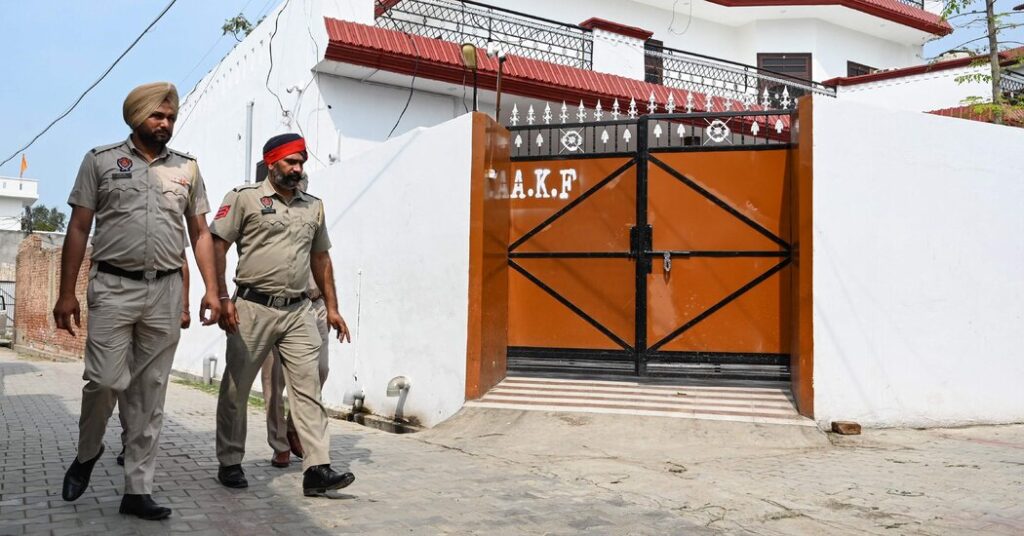On Monday afternoon in Chandigarh, it was raining, and Asha Pawa, a contractual employee with an online food delivery service, was unable to make any sales due to her internet connection not working. She mentioned that the previous day, she had faced difficulties in delivering an order because of a disrupted connection, resulting in a delayed order. Asha typically earns between Rs 2,500 to Rs 3,000 on weekends from deliveries, most of which covers her expenses for petrol for her two-wheeler. However, this past weekend, she could only make a few hundred rupees due to the state-wide internet shutdown in Punjab, which also affected mobile internet in Chandigarh. Asha is the sole provider for her family.
The Punjab government has now extended the shutdown until Tuesday noon. Raman Jit Singh Chima, the Asia Pacific Policy director at Access Now, a non-profit organization dedicated to safeguarding digital civil rights, criticized the shutdown as a violation of civil liberties. Chima expressed concern about the entire population suffering due to the actions of a few individuals, emphasizing that it is often the less privileged who are most affected.

Restaurants have also been impacted by the shutdown. Although most restaurants have Wi-Fi, the delivery partners cannot accept bookings without mobile internet access. Hunny, a restaurant owner in Mohali, stated that he typically receives 600-700 food orders on weekends, but this weekend, there were hardly any bookings.
Individuals whose work depends on mobile internet suffered significant losses. A cab driver in Mohali, who has children pursuing higher education, expressed the financial strain caused by the internet shutdown. He relies on his daily earnings as a cab driver to support his family and their education expenses. The driver stated that the internet shutdown has put him in a precarious situation.
The sudden internet shutdown caught many people off guard and unprepared. A resident of Mohali shared that she had to walk in the rain because she couldn’t book a cab due to the non-functional internet.

In addition, the shutdown has exposed a digital divide in classrooms. Many students rely on YouTube lessons because they cannot afford traditional coaching classes or broadband connections, particularly in rural areas. A school teacher mentioned that students heavily depend on YouTube channels for their studies and lack access to Wi-Fi at home. With mobile internet not working, their education is being adversely affected.
